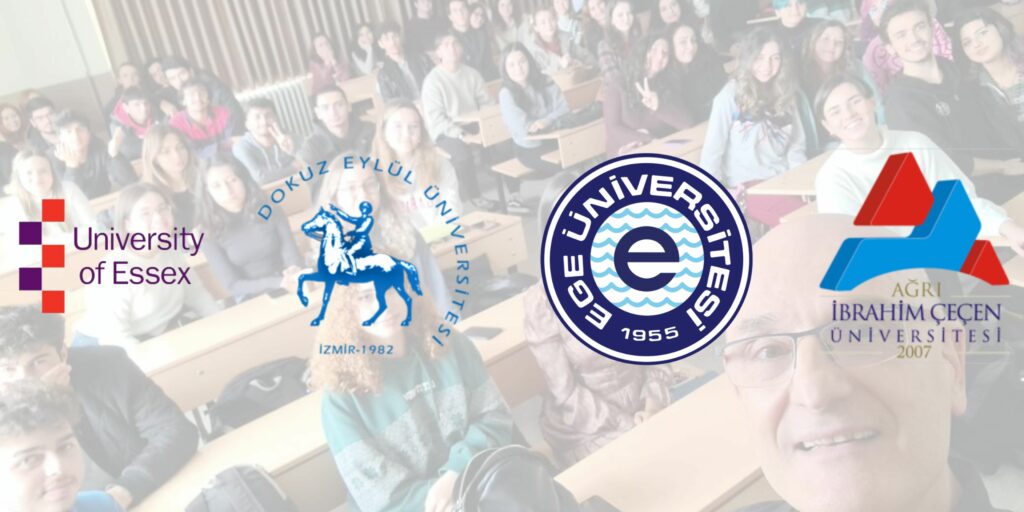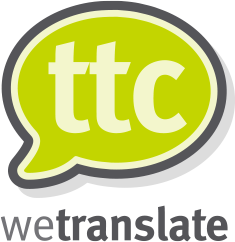
Technical writing has long been a crucial aspect of communicating complex technical subjects to diverse audiences. As technology advanced and industries increasingly relied on technical documentation, the role of technical authors evolved to encompass not only writing but also structuring, organizing, and managing technical content. This comprehensive process is now known as “technical authoring,” which involves creating clear and concise documentation for complex technical subjects. However, when it comes to producing technical documentation in multiple languages, the complexity increases significantly, necessitating a collaborative approach between technical departments and translation providers. In this blog post, we will explore the importance of collaboration in achieving seamless multilingual technical documentation and the benefits it brings to both authors and end-users.
The Challenges of Multilingual Technical Documentation:
Producing technical documentation in a single language is already a demanding task. However, when multiple languages are involved, it introduces a new set of challenges. Customers often demand documentation in their preferred language simultaneously, putting pressure on publication departments to deliver high-quality content within strict deadlines. Maintaining consistency, accuracy, and brand integrity across different languages becomes paramount.
The Role of Collaboration:
To address the complexities of multilingual technical documentation, collaboration between technical authors and translation providers is crucial. Both parties need to understand each other’s tools, processes, and requirements to ensure smooth coordination and successful outcomes. By establishing a collaborative workflow, the following benefits can be achieved:
Consistent File Structures and Conventions: Collaboration ensures that all file structures and file name conventions are respected across languages. This consistency simplifies the organization and management of documentation, allowing for efficient updates and revisions.
Functioning Hyperlinks and Navigation: Collaboration guarantees that hyperlinks and navigation elements work seamlessly in all languages. This ensures that users can access relevant information easily, regardless of the language they are using.
Coherent Table of Contents and Index Pages: By collaborating closely, authors and translation providers can ensure that the table of contents and index pages are accurate and functional in all languages. This allows users to navigate the documentation effectively and locate the information they need.
Consistent Use of Conditional Text: Collaboration ensures that conditional text, which allows for content variations based on different factors, is correctly implemented across all languages. This ensures that users receive the appropriate content based on their specific requirements.
Maintaining Brand Style and Terminology: Collaboration helps maintain brand consistency by ensuring that style guidelines and terminology are consistently applied across all languages. This creates a unified experience for users and strengthens brand recognition.
Simultaneous Release of All Languages: Through effective collaboration, authors and translation providers can work together to release all language versions of the documentation simultaneously. This ensures that users in different language markets have access to the information they need without delays or disparities.
Achieving seamless multilingual technical documentation requires a collaborative approach between technical authors and translation providers. By understanding each other’s tools, processes, and requirements, authors and translation providers can work together to deliver high-quality, consistent, and accurate documentation in multiple languages. The benefits of collaboration are numerous, ranging from maintaining brand integrity to enhancing user experience. Through successful collaboration, technical departments and translation providers can ensure that multilingual documentation meets quality standards, deadlines, and user expectations. Ultimately, a well-executed collaboration results in multilingual documentation that appears indistinguishable from one language to another—an accomplishment that reflects a job well done.
To learn more about how we can collaborate with you, give us a call at +44 (0)1245 216930 or email info@ttcwetranslate.com


